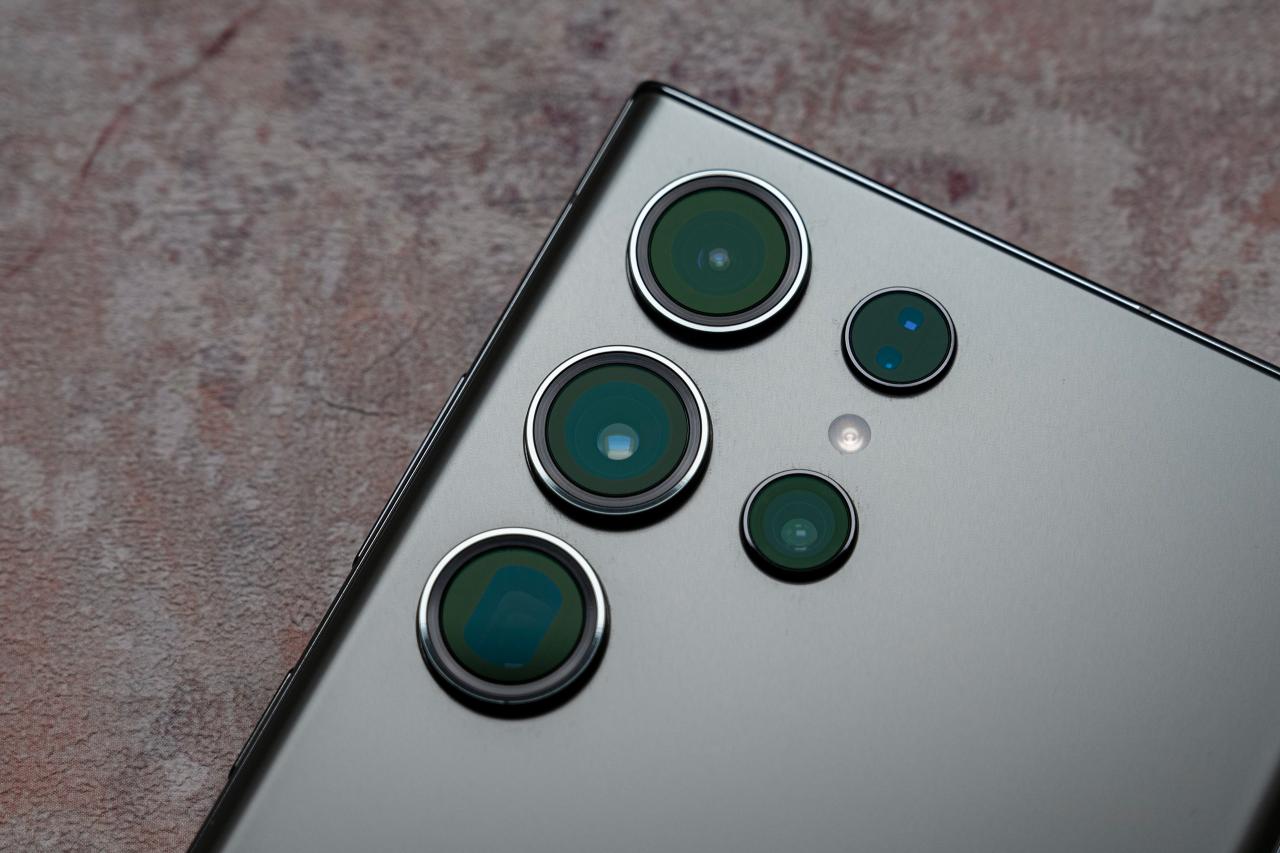
Galaxy S23 Camera Tips for Beginners
The Samsung Galaxy S23 series is renowned for its exceptional camera capabilities, empowering users to capture stunning images and videos with ease. However, unlocking the full potential of this powerful camera requires an understanding of its features and techniques. This comprehensive guide provides beginner-friendly tips to help you master the Galaxy S23 camera and elevate your photography skills.
Exploring Camera Modes
The Galaxy S23 offers a diverse range of camera modes, each tailored to specific shooting scenarios. Dive into the “Pro” mode for granular control over settings like ISO, shutter speed, and white balance. Unleash your creativity with the “Single Take” mode, which captures a series of images and videos with various effects and angles. For spontaneous moments, the “Director’s View” mode synchronizes recordings from multiple cameras, delivering a cinematic experience.
Mastering Composition Techniques
Composition plays a pivotal role in creating captivating images. Experiment with the “Rule of Thirds” by dividing the frame into thirds, both horizontally and vertically. Place your subject along these lines or at their intersections to create a balanced and visually appealing composition. Utilize leading lines to guide the viewer’s eye through the image. Pay attention to negative space, the empty areas surrounding the subject, to enhance its prominence and create a sense of depth.
Leveraging Natural Lighting
Harness the power of natural lighting to enhance your shots. Shoot during the “golden hours” around sunrise and sunset, when the light is warm and flattering. Take advantage of overcast days for diffused lighting that minimizes harsh shadows. Avoid direct sunlight, as it can create overexposed areas and washed-out colors. Explore the “HDR” (High Dynamic Range) mode to capture a wider range of tones, preserving details in both bright and dark areas of the scene.
Mastering Focus and Exposure
Precise focus is essential for capturing sharp and detailed images. Tap on the subject to autofocus, or manually adjust the focus point by dragging the slider. Utilize the “Focus Peaking” feature to highlight in-focus areas, aiding in critical focusing. For optimal exposure, tap on the screen to set the exposure point and adjust the brightness using the slider. Experiment with the “AE/AF Lock” feature to lock both focus and exposure, preventing unwanted changes.
Exploring Creative Camera Features
Unlock your artistic potential with the Galaxy S23’s creative camera features. Unleash the “Portrait Mode” to create stunning portraits with a blurred background that isolates the subject. Experiment with the “Live Focus” mode to adjust the bokeh intensity and add artistic effects. Capture mesmerizing long exposure shots in “Night Mode,” revealing details hidden in the darkness. Experiment with the “Hyperlapse” mode to create captivating time-lapse videos.
Optimizing Settings for Different Scenarios
Tailor your camera settings to suit various shooting scenarios. For action shots, enable “Motion Photo” to capture a burst of images that can be compiled into an animated GIF. Enhance food photography with the “Food Mode” that optimizes colors and contrast. Utilize the “Scene Optimizer” to automatically adjust settings based on the detected scene, such as landscapes, portraits, or food.
Conclusion
This comprehensive guide has equipped you with essential tips and techniques to master the Galaxy S23 camera. By exploring camera modes, mastering composition, and leveraging natural lighting, you can elevate your photography skills and capture stunning images. Embrace the creative features and optimize settings to unleash your artistic vision. Continue exploring the camera’s capabilities and experimenting with different techniques to unlock your full potential as a photographer. See you again in another interesting article!